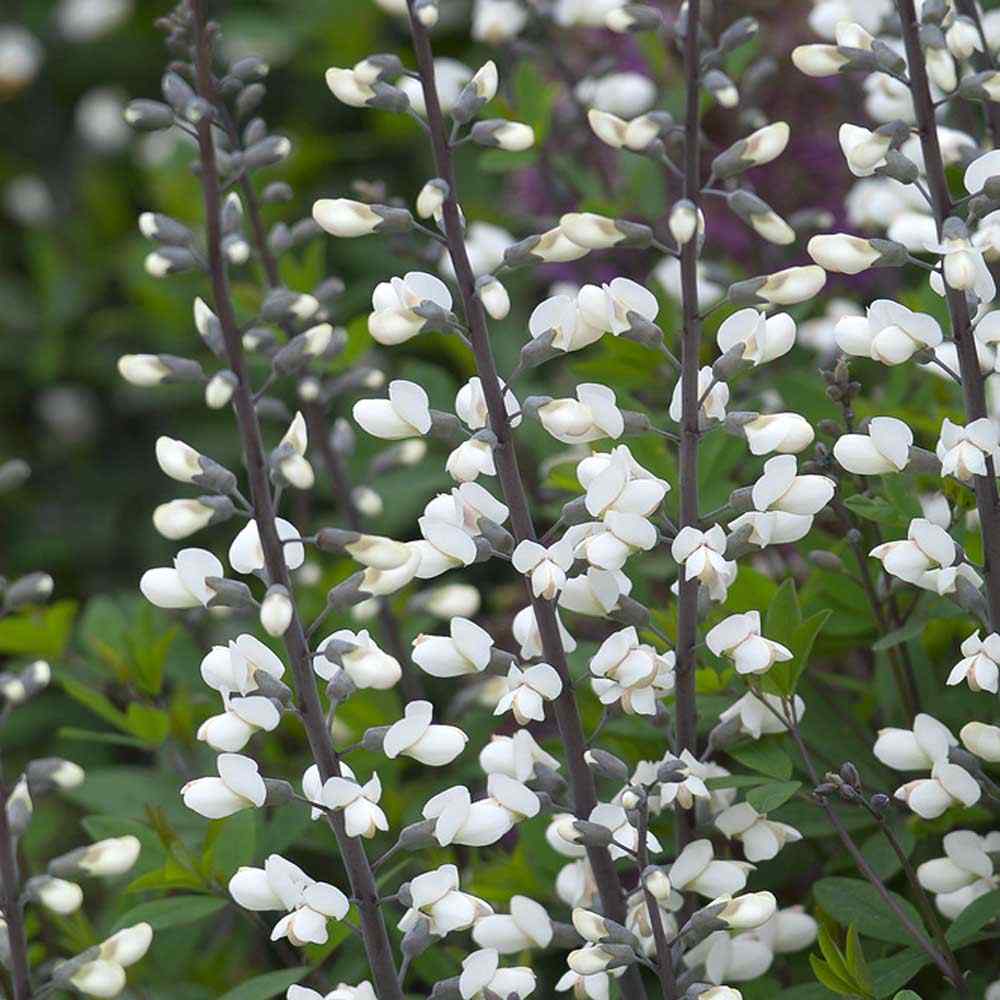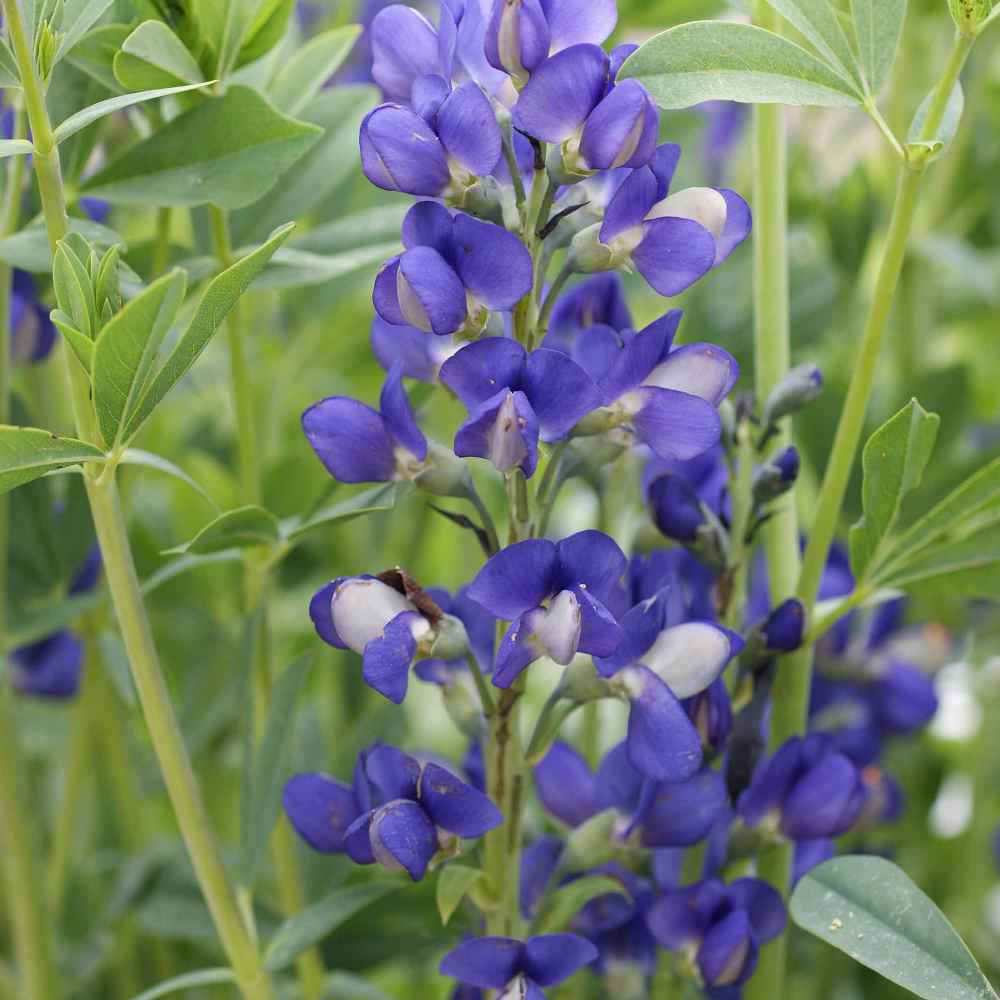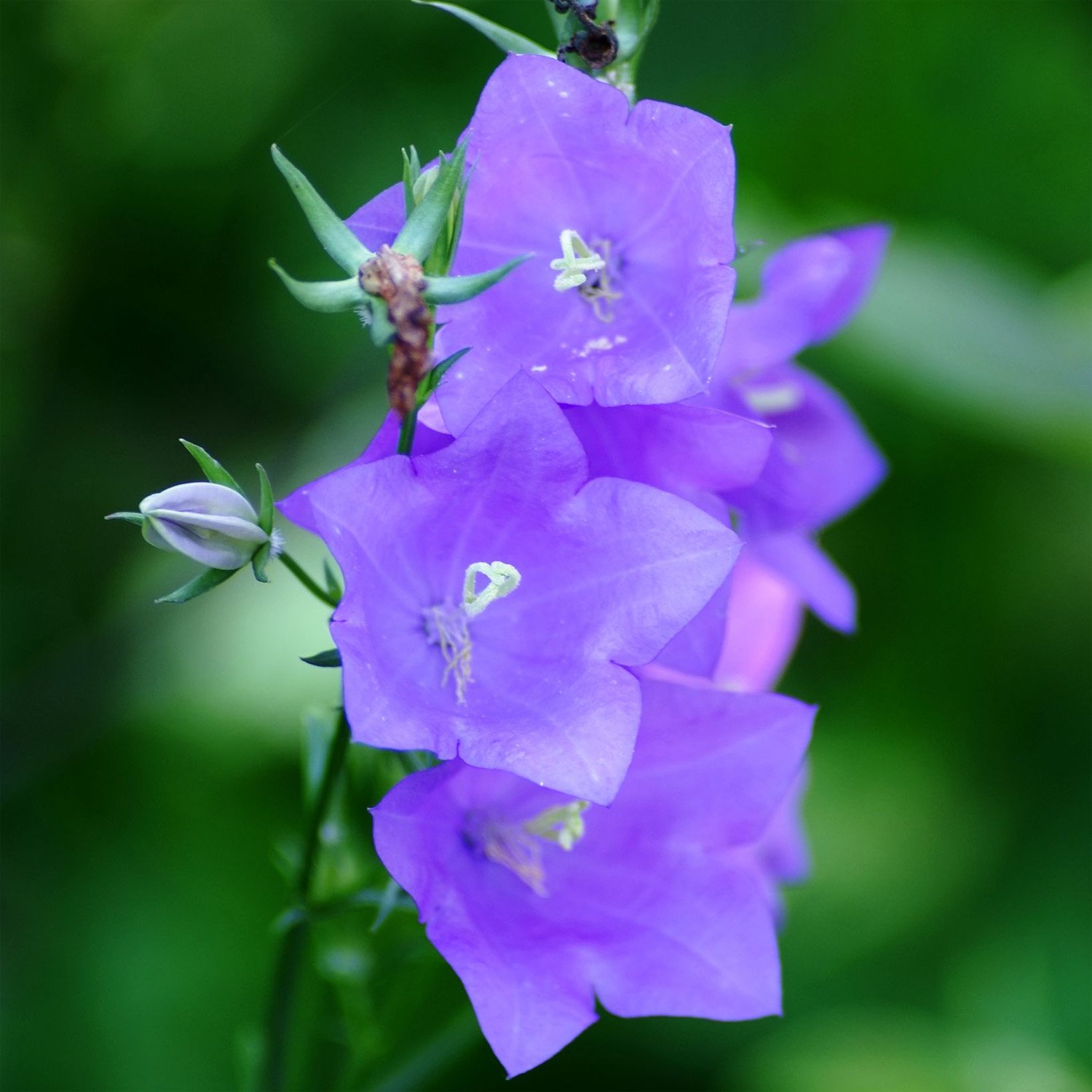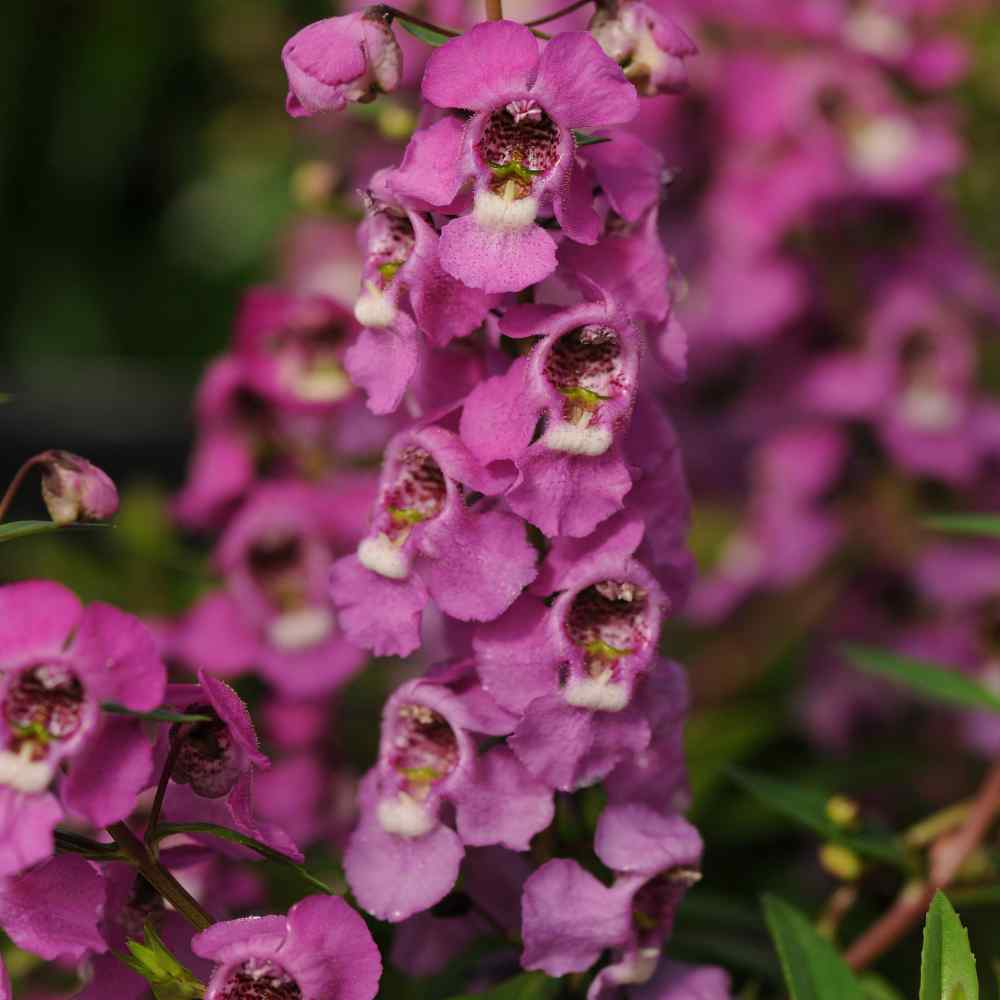
White Wild Indigo Planting Guide
Quick Facts About White Wild Indigo
White Wild Indigo stands out among other prairie plants, reaching up to 5 feet tall. Their growth begins with a slender purple stem emerging from the ground. White Wild Indigo is loved by both bumblebees and butterflies.
Planting Time
Plant indoors 4 - 6 weeks before the last frost. Or, start directly outdoors after danger of frost has passed.

Planting Location
Plant in full sun or partial shade with moist or dry soils of clay, loam, or sand.
How to Plant White Wild Indigo
- You have two options for planting seeds: Sow them directly into the garden at a depth of 1/4 inch after the risk of frost has passed. Alternatively, start seeds indoors four to six weeks before the average last frost date in spring.
- Put seeds in the fridge for 4 - 6 weeks. Pour hot water over them and let soak 1 - 3 days until swelling is noticeable.
- Once seedlings sprout, ensure they receive plenty of light by placing them on a sunny windowsill or positioning them 3-4 inches below fluorescent plant lights that are switched on for 16 hours daily and off for 8 hours at night. Adjust the lights as the plants grow taller. Avoid using incandescent bulbs as they generate excessive heat. Remember, most plants need a period of darkness to thrive, so do not keep the lights on for 24 hours.
- Transplant into garden when temperatures are consistently warm.
- Before transplanting seedlings into the garden, it's essential to "harden them off". This involves acclimating young plants to outdoor conditions by placing them in a sheltered outdoor area for about a week. Initially, shield them from strong winds and direct sunlight. If there's a risk of frost overnight, either cover the plants or bring them indoors, then return them outside in the morning. This hardening off method helps strengthen the plant's cell structure, minimizing transplant shock and sun damage.
- Space plants 24 - 36 inches apart in garden.

Care And Maintenance
- Keep weeds under control during the growing season. Weeds compete with plants for water, space and nutrients, so control them by either cultivating often or use a mulch to prevent their seeds from germinating.
- Mulches play a vital role in preserving soil moisture and ensuring consistent soil temperatures. When it comes to annuals, using organic mulch made from shredded leaves not only enhances the appearance of the bed but also enriches the soil as it decomposes over time. Remember to keep mulch away from the plant stems to avoid potential rot issues.
- For the first year while plants are establishing, water them regularly. After that only around 1 inch of water is needed every couple of weeks.
- Do note that young transplants can take up to four years of development before they are full grown and produce flowers. The White Wild Indigo has a deep taproot and does not respond well to being moved, however, this taproot makes it a very drought tolerant plant.




































